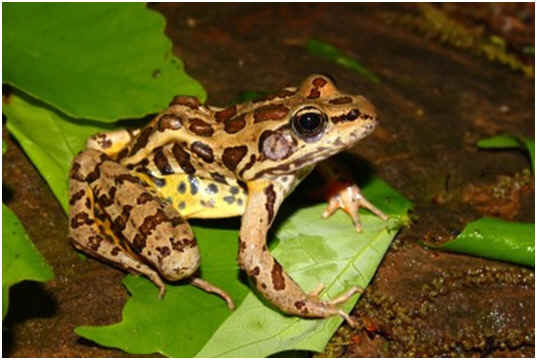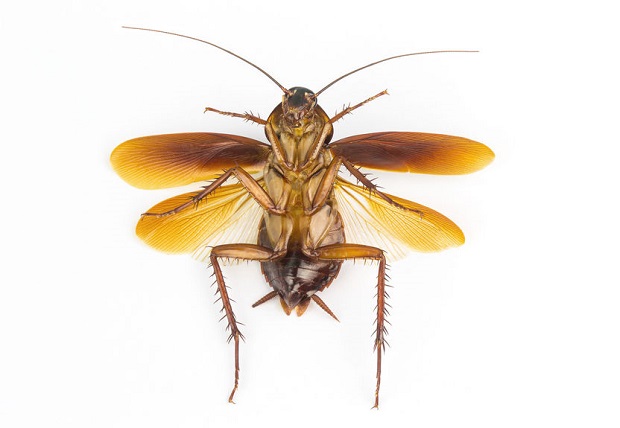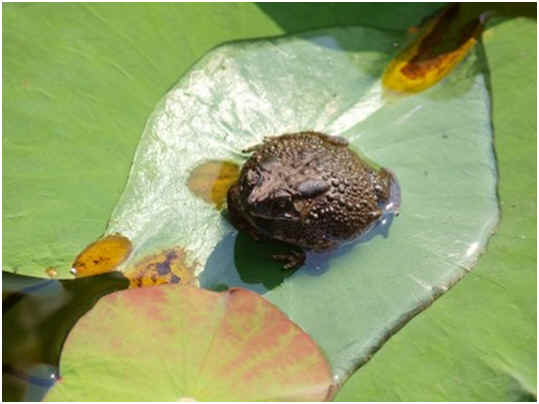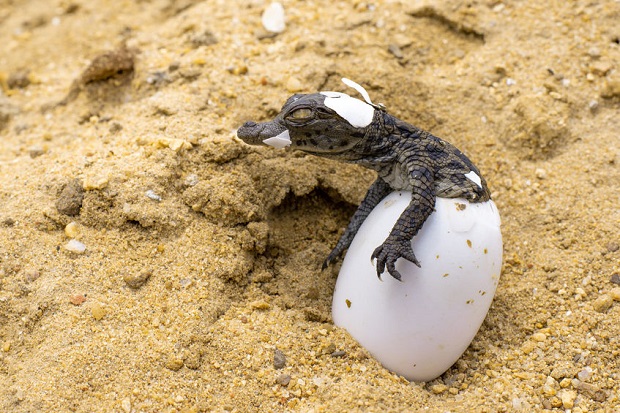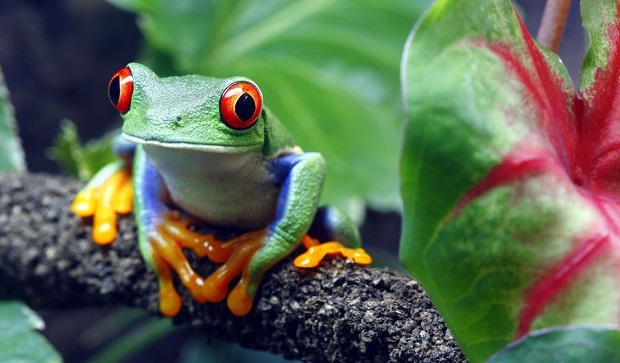
Are Frogs Asexual?
Frogs are not asexual. Depending on the species, frogs can reproduce through internal fertilization or external fertilization. Though frogs are not naturally asexual in the wild, scientists have long been reproducing frogs through parthenogenesis, a form of asexual reproduction, in laboratory settings.
Jump Ahead
- What Exactly Does Asexual Mean?
- If Not By Asexual Reproduction, How Do Frogs Reproduce?
- Frogs Can Be Asexually Reproduced In the Lab
- Q&A
- Test Your Knowledge
- Glossary of Terms
- Resources
What Exactly Does Asexual Mean?
To understand exactly why frogs are not asexual, you must understand the definition of the term as it relates to the animal kingdom. Asexual reproduction is the creation of offspring without the fusion of egg and sperm.
Several mechanical mechanisms exist for asexual reproduction, including fission, budding, fragmentation/regeneration, and parthenogenesis.
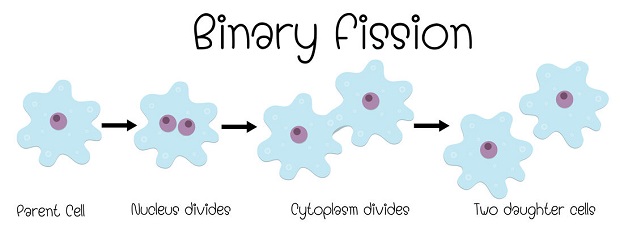
Binary Fission: the separation of the parent into two individuals. Bacteria reproduce in this manner. For binary fission to occur, the cell must grow to twice its size. It then must copy its genetic material and segregate it to opposite ends of the cell. Then it will split, producing two identical cells in the place of the original. [1]
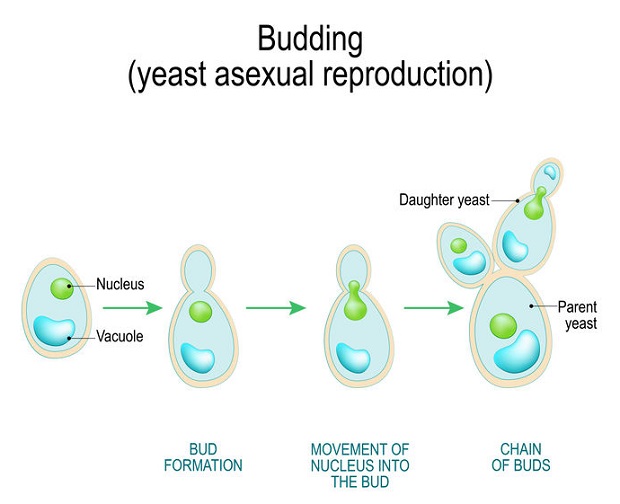
Budding: new individuals are created through the outgrowth of the parent. Corals reproduce in this manner. [2] In the budding process, cells begin to collect and protrude from the parent. It will eventually develop into an organism duplicating the parent. This new individual may separate from the parent or, in some cases, will remain attached and form a new colony. [3]
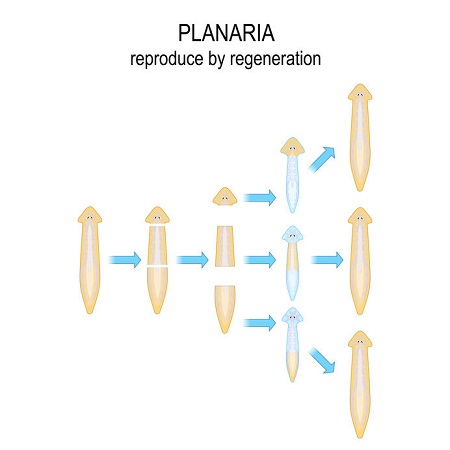
Fragmentation: the parent breaks into pieces, some forming new individuals. Some starfish reproduce in this manner. Fragmentation must always be accompanied by regeneration. [4]
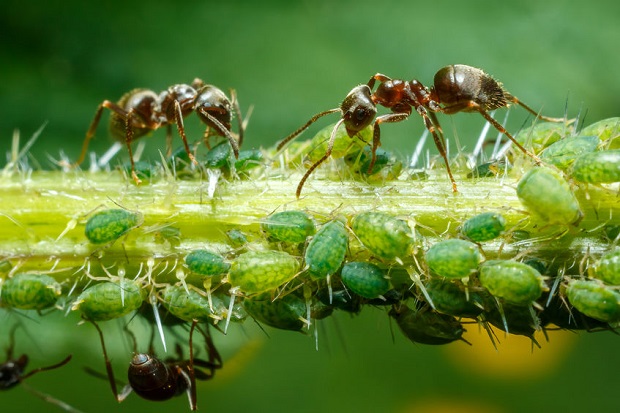
Parthenogenesis: the development of a new individual from an unfertilized egg. Aphids reproduce in this manner. [5]
The only one of the above mechanisms for asexual reproduction that makes sense for a frog would be parthenogenesis, which though it does not occur in nature, has been accomplished in a laboratory. [6]
If not by Asexual Reproduction, How Do Frogs Reproduce?
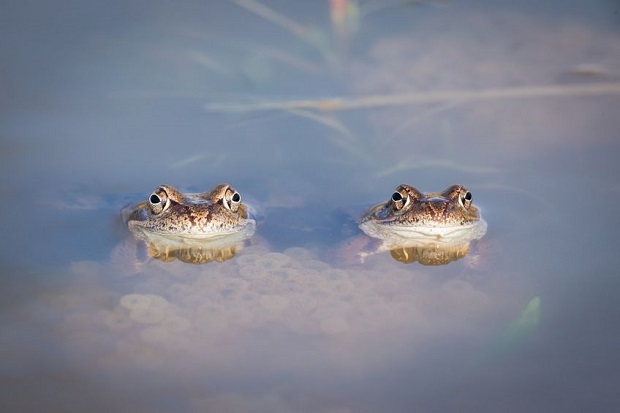
Depending on the species, frogs can reproduce through internal fertilization or external fertilization.
Internal fertilization. In the case of internal fertilization, eggs are fertilized by a male while still inside the female. This is done through an act of copulation and involves genitalia. This type of reproduction is suitable for terrestrial frogs to give the sperm time to swim to the egg without drying out. [7]
External fertilization. In the case of external fertilization, gametes are released into water from both the male and the female at the same time and place. The water facilitates the swimming of the sperm to the eggs and keeps the sperm from drying out. [8]
Frogs Can Be Asexually Reproduced in the Lab
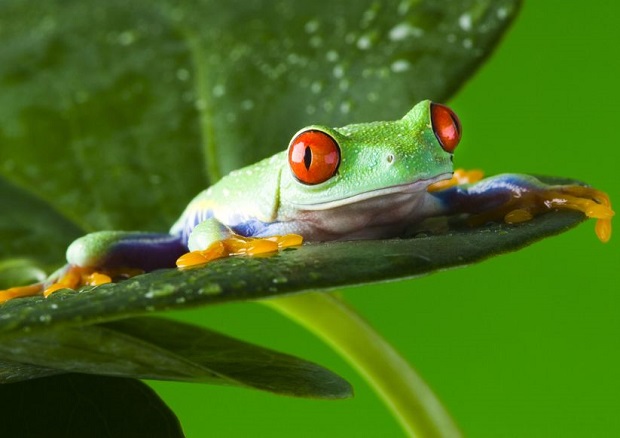
Though frogs are not naturally asexual in the wild, scientists have long been reproducing frogs through parthenogenesis in laboratory settings. As early as 1899, Jacques Loeb developed what he called “artificial parthenogenesis,” believing that physical chemistry could be the method to alter the basic process of reproduction. He successfully worked with sea urchins but found that frog eggs could not be induced into artificial parthenogenesis under the same chemically-induced procedures. In 1910, French biologist Eugene Bataillon was able to induce artificial parthenogenesis in frogs by piercing the eggs with a needle. []
In 1962, John Gurdon successfully cloned tadpoles through parthenogenesis by transplanting the cell nucleus from one frog into the unfertilized egg of another, resulting in a clone of the first frog. He was awarded the Nobel Prize in Physiology or Medicine in 2012 for his findings that have revolutionized the understanding of how cells and organisms develop. [10]
Q&A
When I Googled the question “are frogs asexual,” many sites listed said that the tungara frog is one of the frog species that reproduce asexually. Is this true?
False information. The tungara frog actually has fascinating mating habits, which have been well-studied. (See below) For the tungara frog, mating begins during the rainy season when the male frog finds a shallow pool that will be suitable for egg-laying and begins his mating call. Once a female arrives, amplexus occurs, which is the mating embrace where the male mounts the female from behind. She will then carry him to a nesting spot where they will spend the next hour and a half constructing a floating nest that consists of 100-200 of her eggs and jelly, which the male will collect, fertilize, and then form into a foam mass the size of a baseball. It will float in this manner for a few days until tadpoles hatch. [11]
Remember. Asexual reproduction produces offspring from a single parent without the need for fertilization. So though the eggs of some frog species are fertilized internally while the eggs of other frog species are fertilized externally, as is the case with the tungara frog, they still require fertilization to create offspring.
Here are just a few of the studies about the tungara frog’s mating habits :
Romero-Carvajal, A. Embryogenesis and laboratory maintenance of the foam-nesting túngara frogs, genus Engystomops (= Physalaemus). Developmental Dynamics. 2009:238(6):1444-1454
Ryan MJ, Rand AS. Mate recognition in túngara frogs: A review of some studies of brain, behavior, and evolution. Acta Zoologica Sinica. 2003;49:713–726.
Ryan MJ. The Túngara Frog: A Study in Sexual Selection and Communication. Chicago: The University of Chicago Press; 1985. p. 230
Ron SR, Santos JC, Cannatella DC. Phylogeny of the túngara frog genus Engystomops (= Physalaemus pustulosus species group; Anura: Leptodactylidae). Mol Phylogenet Evol. 2006 May; 39(2):392-403.
Test Your Knowledge
- Which form of asexual reproduction is the separation of the parent into two individuals?
- Who won the Nobel Prize for his findings that have revolutionized the understanding of how cells and organisms develop?
- Which form of asexual reproduction is the breaking apart and rejuvenation of the parent forming new individuals?
- Do male frogs fertilize eggs internally or externally?
- How many eggs does a tungara frog lay?
Answers:
- Binary fission
- John Gurdon
- Fragmentation
- Both
- 100-200
Glossary of Terms

Amplexus: is a form of pseudocopulation in which a male amphibian or limulid grasps a female with his front legs as part of the mating process.
Wikipedia.com
Gametes: Cells for reproduction
Physical Chemistry: e study of macroscopic, atomic, subatomic, and particulate phenomena in chemical systems in terms of laws and concepts of physics.
Wikipedia.com
Terrestrial: of or relating to land as distinct from air or water.
Merriam-Webster Dictionary
Resources
- [1] Cornell University – Department of Microbiology – “Binary Fission.”
- [2] US Department of Commerce – National Oceanic and Atmospheric Administration – “How Do Corals Reproduce?“
- [3] Encyclopedia Britannica – “Budding.“
- [4] Biology Online – “Fragmentation.“
- [5] Encyclopedia Britannica – “Parthenogenesis.“
- [6] [9] Philip J Pauly; “The Invention of Artificial Parthenogenesis.” Controlling Life: Jacques Loeb and the Engineering Ideal in Biology; Chapter 5; Oxford University Press, NY. Pp. 93-117
- [7] [8] Clinton Community College – Biology Lectures – “Animal Reproduction.“
- [10] Nobel Prize – “The Nobel Prize in Physiology or Medicine 2012 Sir John B Gurdon, Shinya Yamanaka.”
- [11] Encyclopedia Britannica – “Tungara Frog.”

